Dell UltraSharp UP2720Q review: A crisp, well-balanced design display
Dell’s display serves up admirable quality and great features – even if it’s not quite perfect
-
+
Superb image quality
-
+
Built-in colorimeter
-
+
Loads of connectivity and adjustment options
-
-
Very expensive
-
-
Colour temperature and contrast could be improved

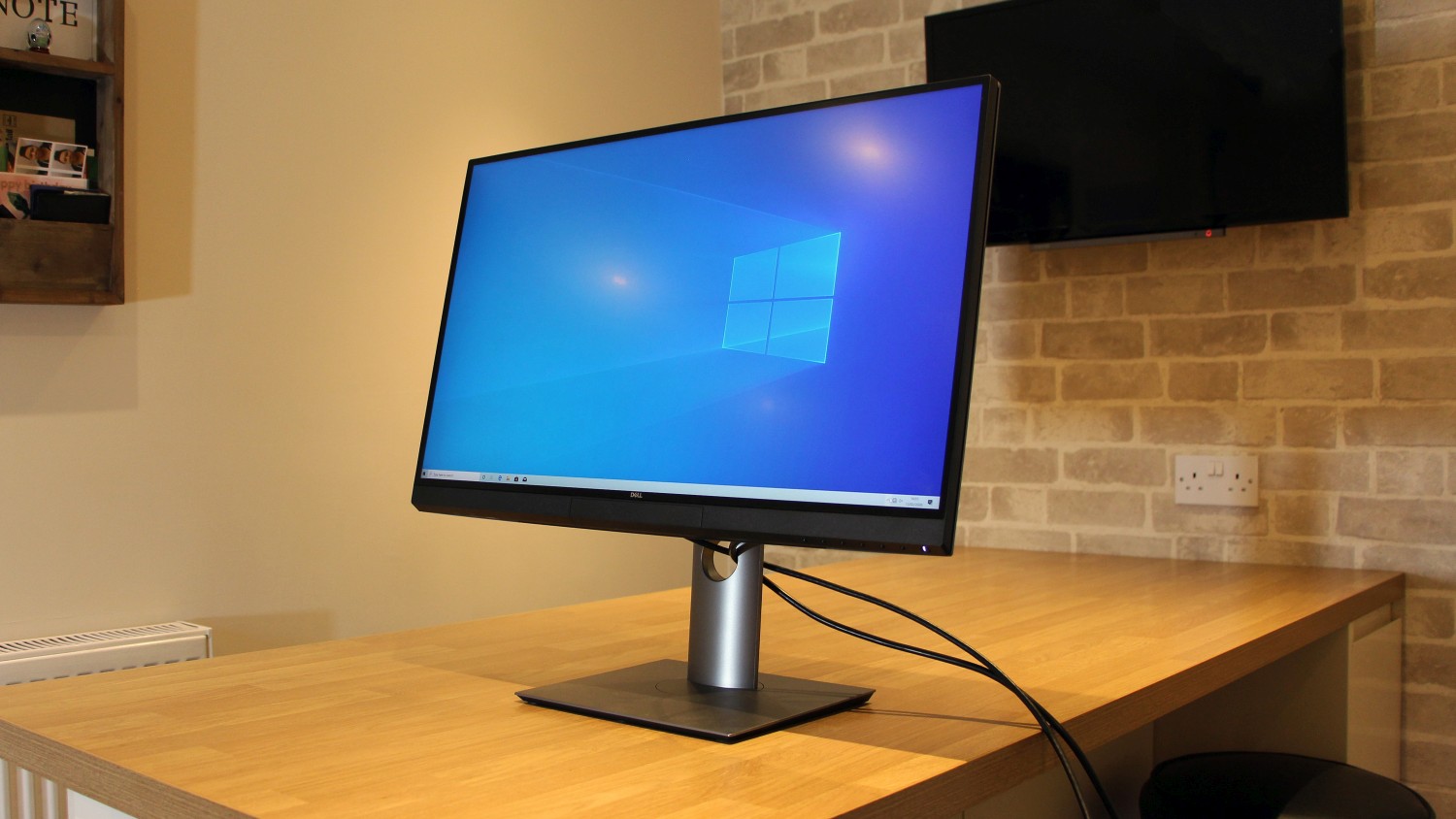
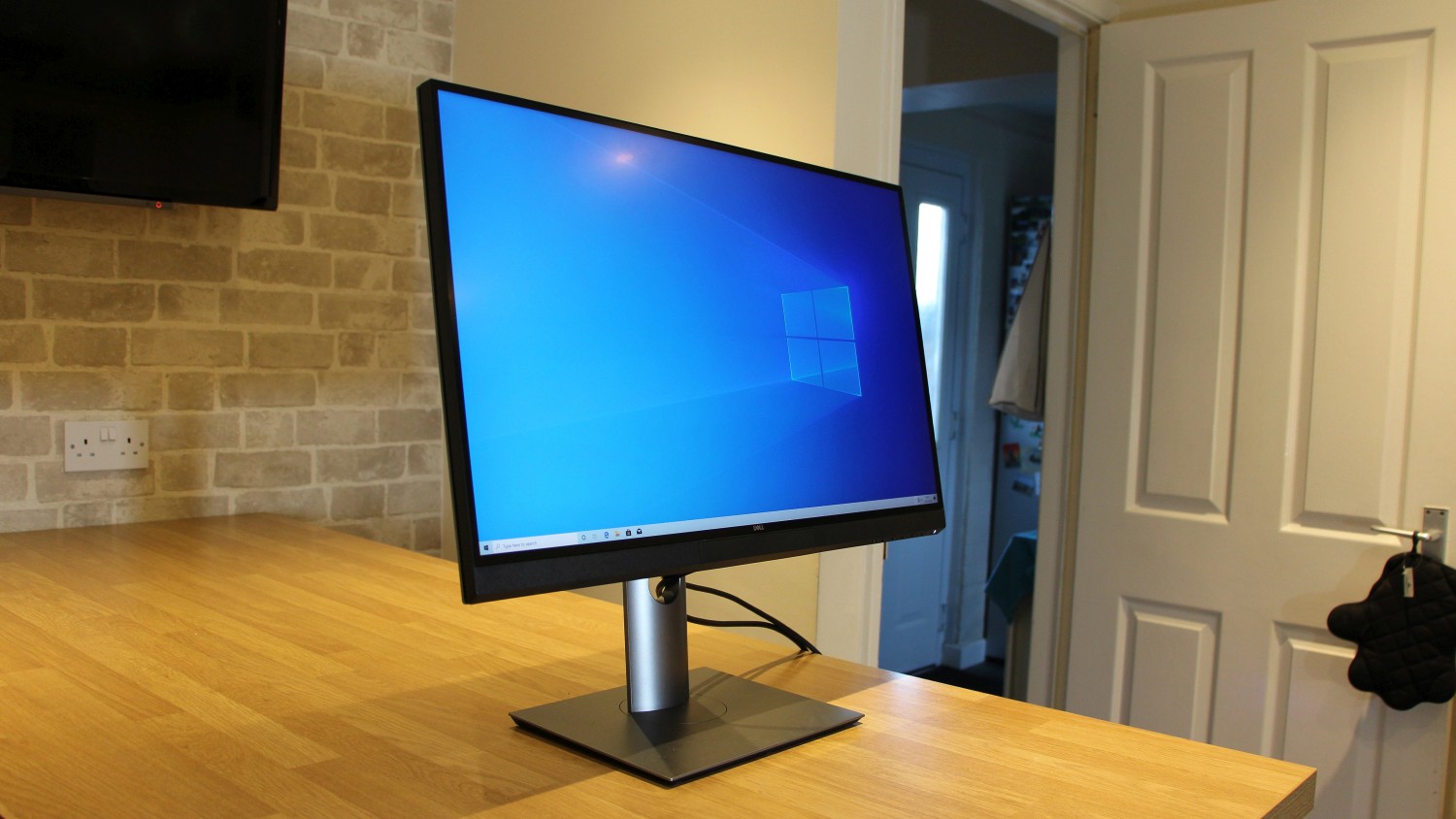
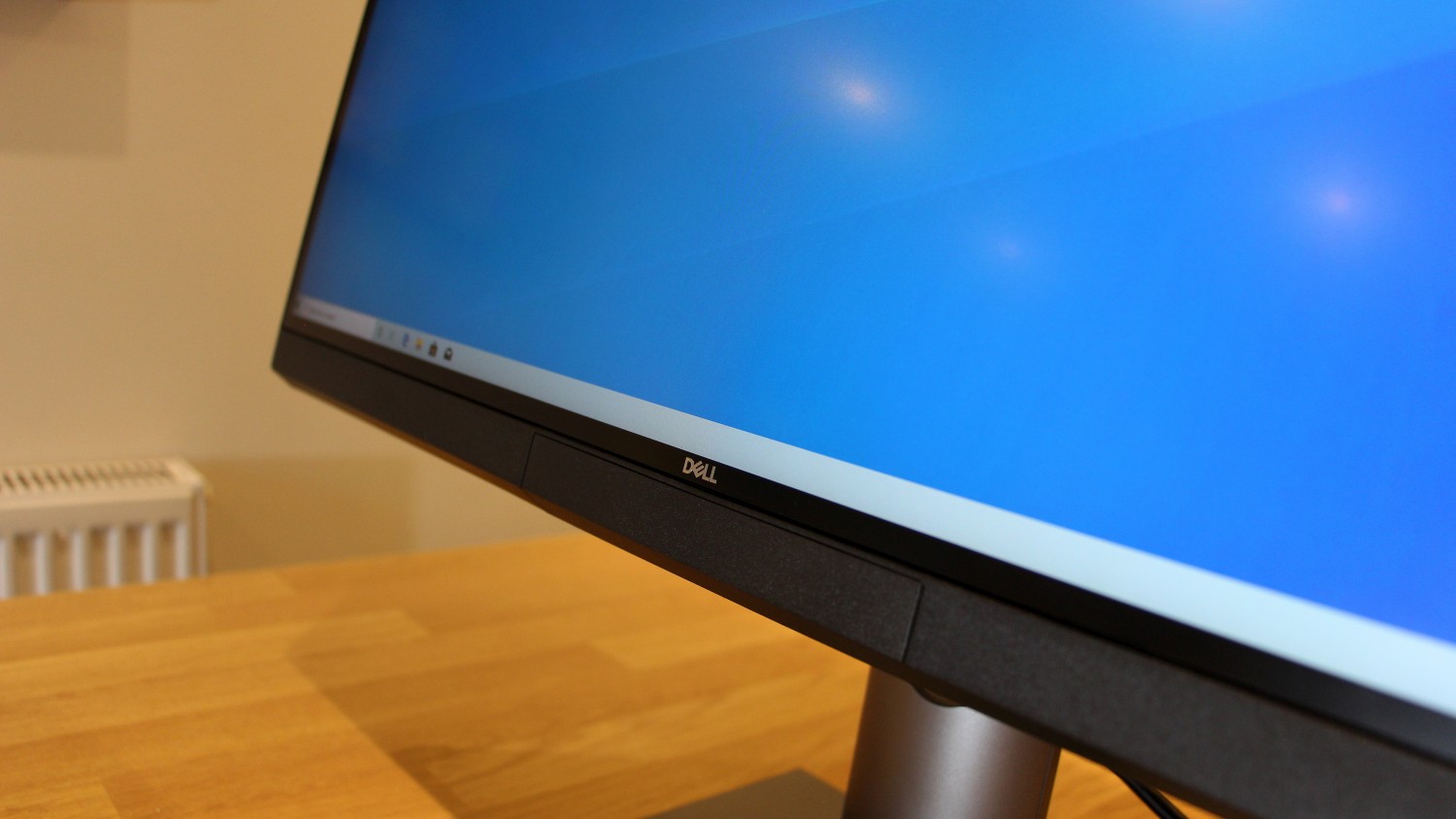
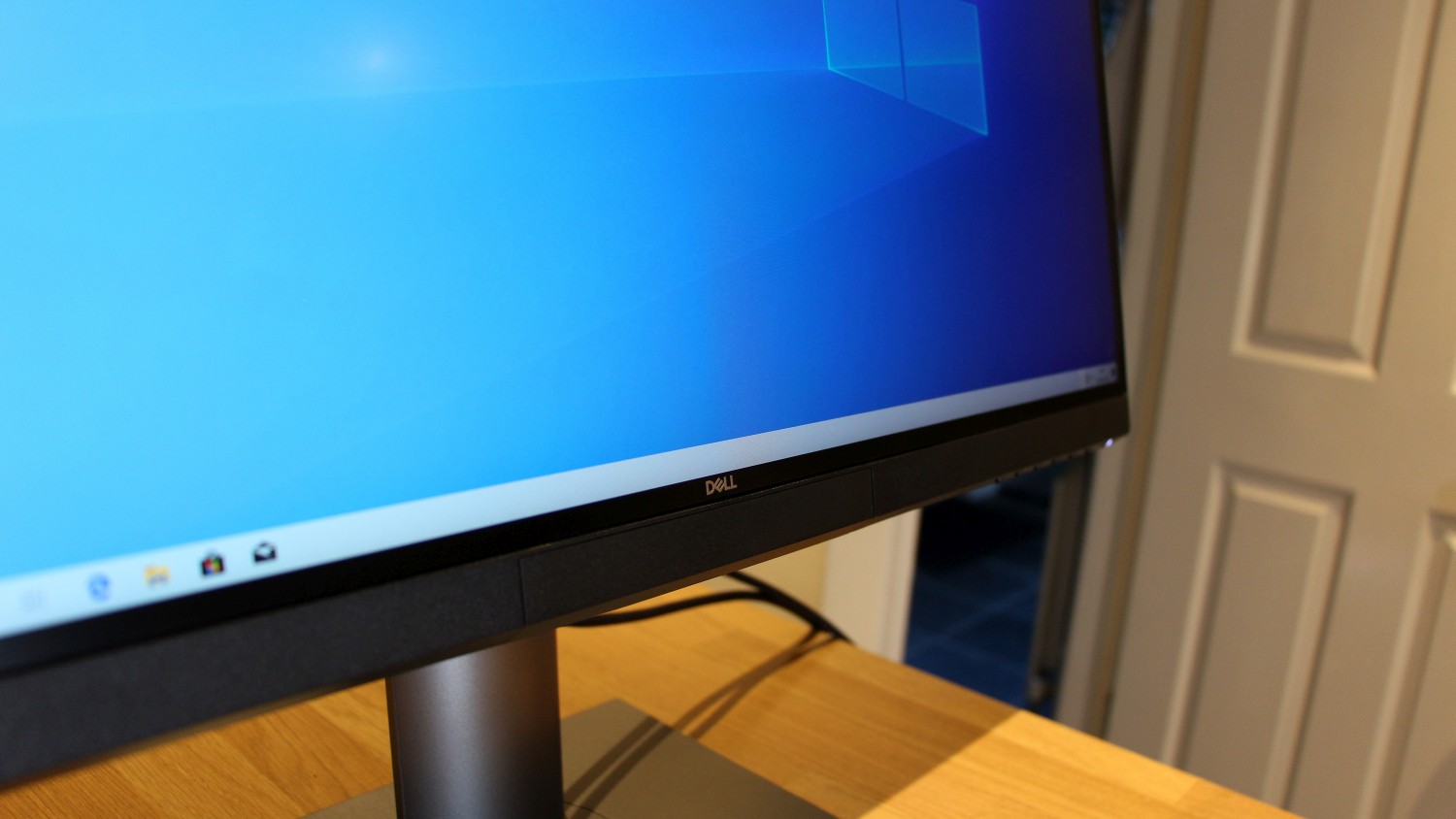
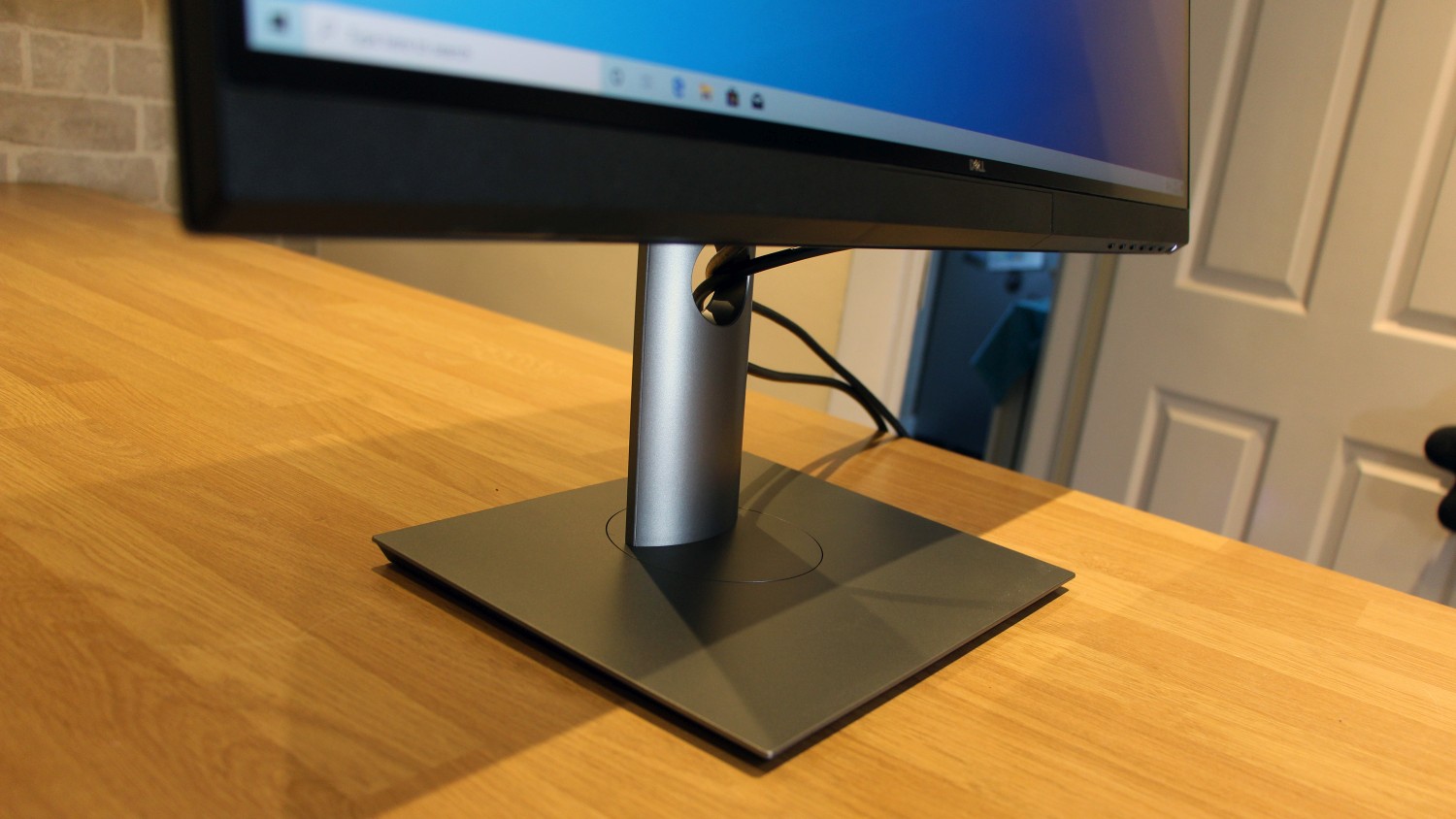
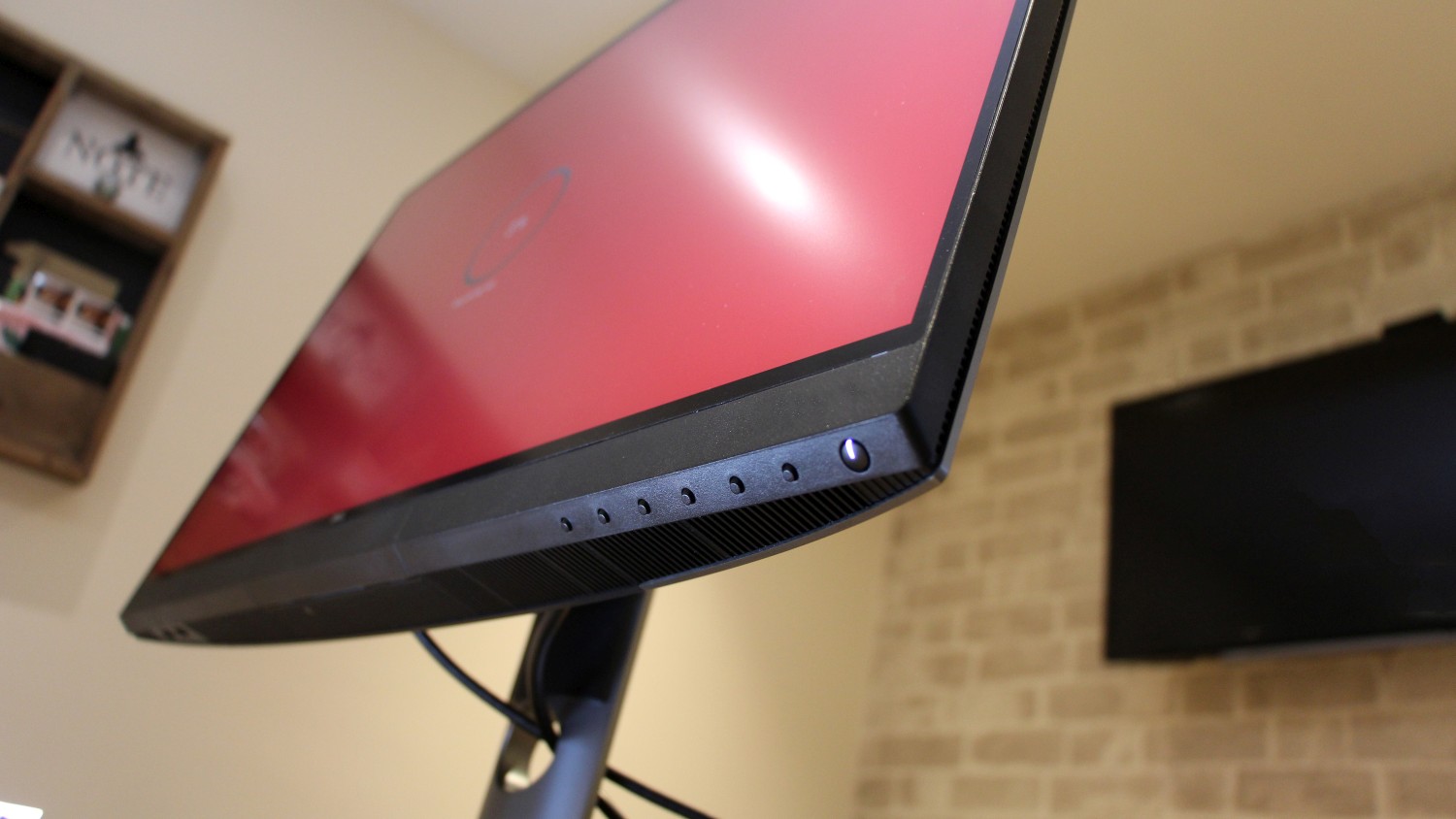
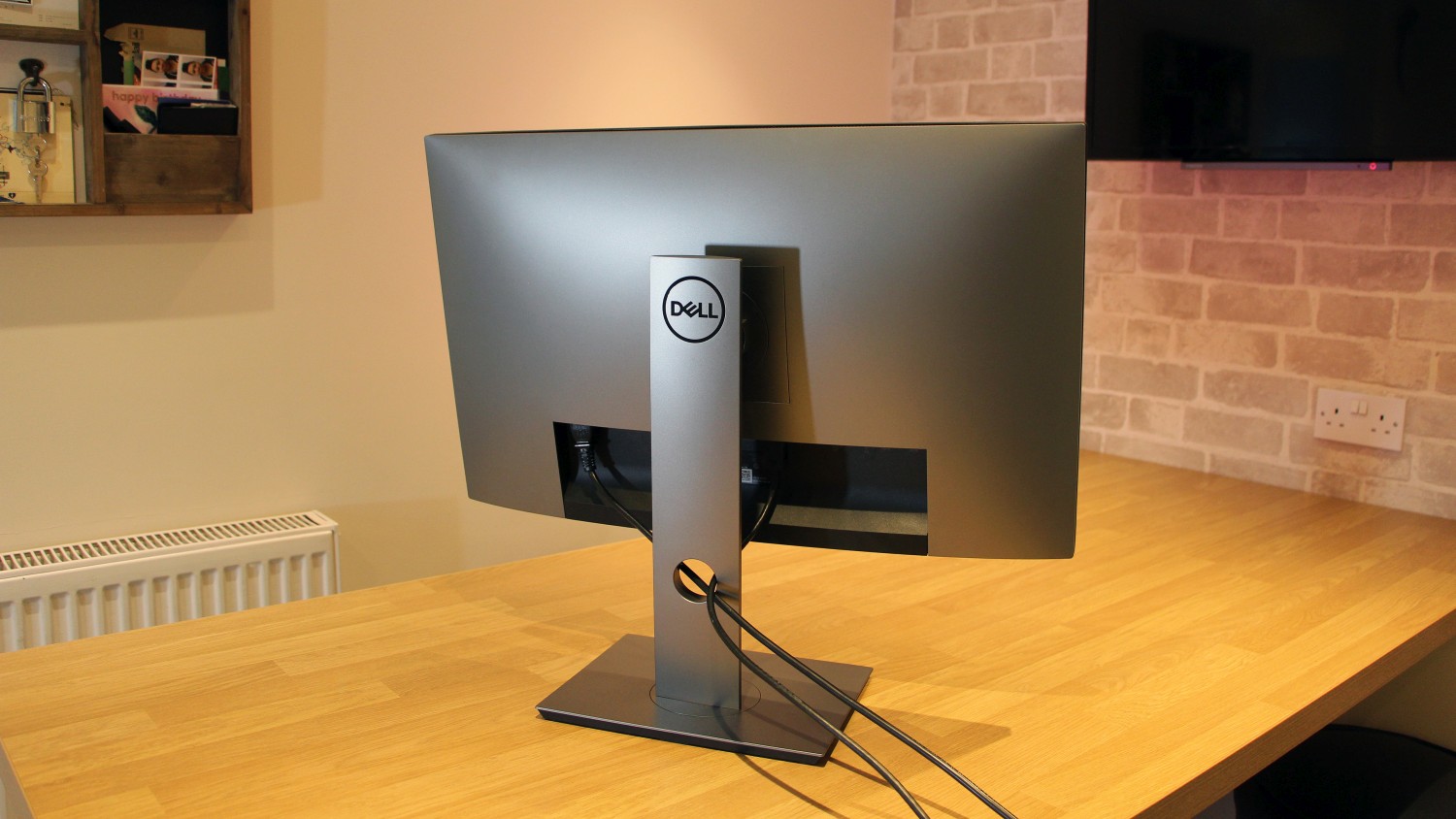
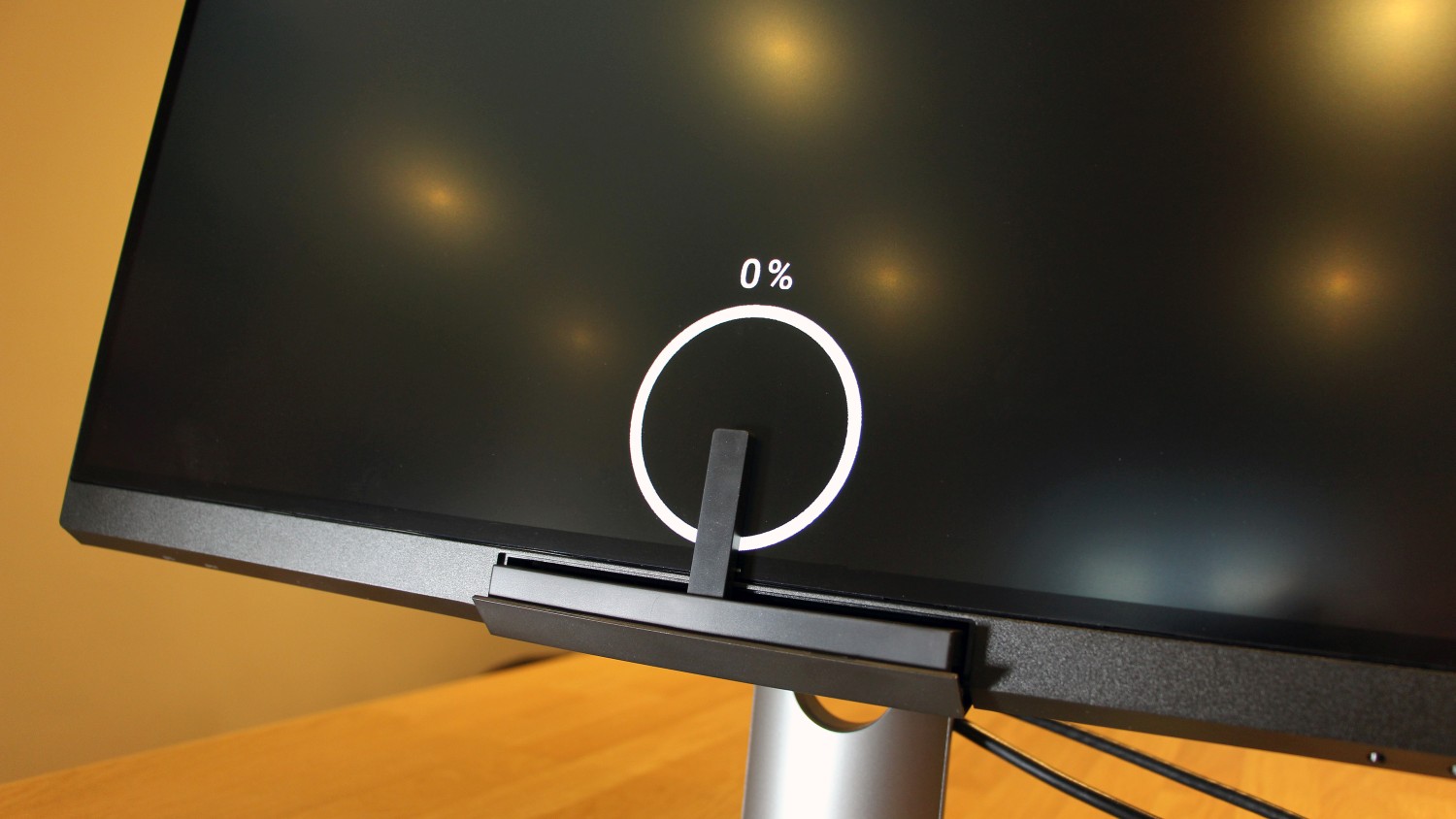
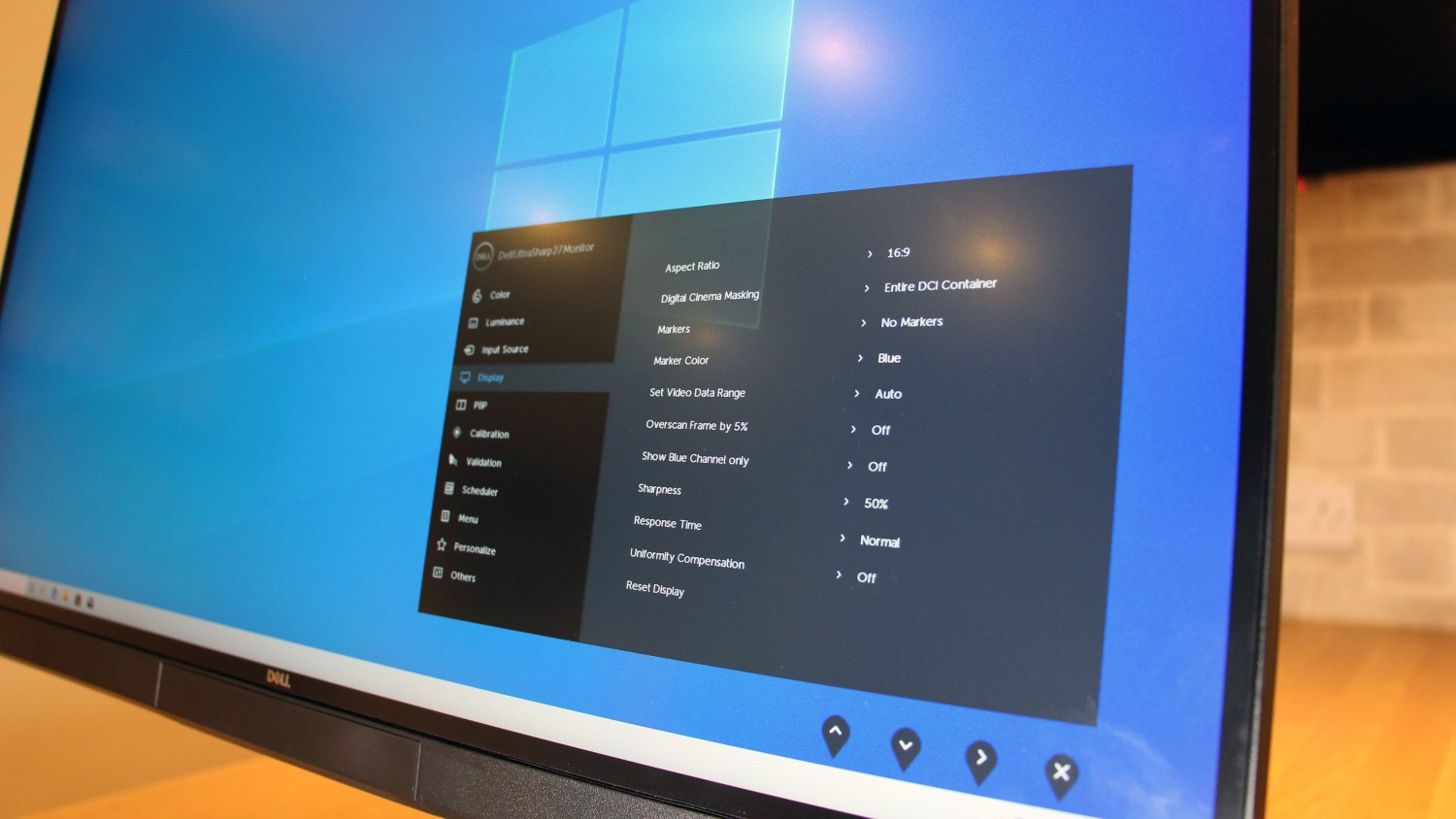
The Dell UltraSharp UP2720Q is an impressive, feature-packed panel with a built-in colorimeter, a 4K resolution and Thunderbolt 3 – and, because of that impressive specification, it’ll set you back £1,108 exc VAT.
That’s a huge amount of money for a screen, but this panel is aimed at designers and photographers, so image quality has to be top-notch too.
Dell UltraSharp UP2720Q review: Features
This is one of the first times that Dell has included a colorimeter in a professional screen, and it’s a welcome addition – it means that it can be calibrated to run accurately with a wide variety of popular colour spaces.
The colorimeter is this display’s headline feature, but the specification is impressive elsewhere. This 27in panel has a 4K resolution, which means a huge density level of 163ppi. The huge number of pixels available means that the Dell has loads of desktop real-estate available for any task, and that density level means that this screen is incredibly crisp and precise.
Dell has used IPS technology, which makes sense when this panel is designed for colour accuracy. The 60Hz refresh rate and 8ms response time are middling – fine for mainstream work, but not brilliant for some fast-paced animation tasks.

Elsewhere, the Dell has 10-bit colour and arrives with lofty ambitions when it comes to gamuts – including 100% sRGB and Adobe RGB coverage, a 98% DCI-P3 level and 80% coverage of BT.2020. That’s not all, though: the Dell can also use the DCI-P3, BT.709, BT.2020, sRGB, Adobe RGB 65 and Adobe RGB 50 colour spaces. There’s no dedicated Rec. 709 mode, but that gamut is virtually identical to sRGB.
On the other hand, there are a couple of minor things missing from the spec. This screen isn’t curved, for example, and it has no HDR compatibility. There are also areas where cheaper rivals go beyond the UP2720Q. The £875 exc VAT Asus ProArt PA34VC has a larger curved widescreen with a 3,440 x 1,440 resolution, HDR and 100Hz AMD FreeSync, so it’s potentially a better option for animation and for after-hours gaming.
The £648 exc VAT BenQ DesignVue PD2720U offers the same resolution and density as the Dell alongside similar colour gamut abilities, but that panel also has HDR10 and it included a KVM switch and dedicated Rec. 709 compatibility.
Dell UltraSharp UP2720Q review: Design and build quality
The UP2720Q has excellent connectivity, including a single DisplayPort 1.4 connection and two HDMI 2.0 ports, alongside a Thunderbolt 3.0 port that handles the usual data and image transfer alongside 90W of power delivery – handy for driving a second screen.
There are four USB 3.2 ports, with two installed on the bottom bezel. One of those also supplies 2A of power for charging smartphones. Both rivals are similar, with USB 3 and Thunderbolt 3 ports included, but neither had a Thunderbolt port capable of supplying 90W of juice.

Adjustment options are solid too: there’s 130mm of vertical movement alongside 25° of tilt and 90° of swivel, and the Dell can rotate to portrait mode and fit on 100mm VESA mounts. Build quality is excellent, and the screen looks smart – it’s got a sleek metal base and slim bezels. Building the screen doesn’t require any tools, and its weight of 9.71kg is perfectly reasonable.
The Dell can be managed with the on-screen display or with Dell’s Colour Management. Both are good – unfussy and effective, with sensible organisation. The menus offer loads of options, with the usual colour and brightness settings alongside options to lay grids across the screen or schedule calibrations, and the row of navigation keys on the bottom bezel can be customised. Sadly, picture-by-picture is supported, but picture-in-picture is not.
Dell UltraSharp UP2720Q review: Image quality
Dell provides factory calibration on each UP2720Q - a tactic also used by Apple - which means great image quality out of the box. At factory settings the Dell’s average and maximum Delta E figures of 0.27 and 1.28 are stupendous – some of the best results we’ve seen. Its Gamma measurement of 2.17 is excellent. The Dell’s colour temperature of 6,872K is slightly high, but it’s not far enough away from the 6,500K ideal to cause noticeable issues, even in work tasks.
The Dell also performs well when it comes to gamut coverage. It blasted through the sRGB gamut at 99.8%, and rendered 96.1% and 95% of the Adobe RGB and DCI-P3 gamuts. Those two latter figures are slightly below Dell’s claimed results, but they’re still easily good enough to enable working in these colour spaces. The Dell also handles around 80% of the BT.2020 space.
By default, the Dell runs at a brightness level of 154cd/m2. That’s modest, but it still provides enough luminance for work tasks. That figure is joined by a stunning black level of 0.16cd/m2, which is low enough to deliver tremendous depth and subtlety in darker areas.

The factory contrast level of 968:1 is good, but it’s below Dell’s quoted figure of 1,300:1. It’s certainly good enough for design work, but a higher result would have allowed for more versatility.
The Dell’s contrast and black point levels were maintained when we increased brightness to its maximum level of 255cd/m2 – and colour accuracy and temperature were maintained here too. Activating the screen’s various gamut modes also saw these contrast and accuracy levels remain consistent, with contrast levels that hovered around 1,000:1 and Delta E levels that always sat miles below 2.0 – beneath the point where human eyes can detect deviation.
Uniformity levels are great. The Dell’s poorest performance here came in the top-level corner, where the brightness levels dipped by 6% and the Delta E declined to 2.46. That’s still very impressive, though, and the screen was more accurate everywhere else.
The rival Asus panel is brighter, with slightly better contrast than the Dell, but its Delta E figures were poorer and it couldn’t handle the Adobe RGB or DCI-P3 gamuts. BenQ’s display has marginally better contrast and colour temperature along with comparable gamut coverage, but it has slightly poorer Delta E and Gamma figures – so it’s very close to the Dell in terms of accuracy.
Dell UltraSharp UP2720Q review: Verdict
The Dell UltraSharp UP2720Q costs more than rivals, but it justifies the extra outlay in important areas.

The screen has decent contrast, fantastic colour accuracy and top-notch uniformity, and it’s able to work effectively in a wide variety of colour gamuts and spaces – so it’s arguably more versatile here than its competition. The in-built colorimeter only improves accuracy, and the Dell has good features and adjustment options.
This screen isn’t perfect, though. The contrast and colour temperature could both be better, and this display doesn’t quite match up to Dell’s gamut claims.
Despite that, the Dell offers ample quality for a wide range of design and image workloads alongside a great range of features. If cheaper panels don’t quite tick every box, the Dell UltraSharp UP2720Q may just manage it.
Dell UltraSharp UP2720Q specifications
| Screen size | 27in |
| Resolution | 3,840 x 2,160 |
| Screen technology | LED IPS |
| Screen refresh rate | 60Hz |
| Video inputs | DisplayPort 1.4, 2 x HDMI 2.0 |
| Audio inputs/outputs | 1 x headphone output |
| Ports | 4 x USB 3.2, 2 x Thunderbolt 3/USB 3.2 Type-C |
| Adjustability | Tilt -5° to 21°, 130mm height adjustment, 90° swivel, 100mm VESA mount |
| Dimensions | 612 x 212 x 563mm (WxDxH) |
| Weight | 9.71kg |
| Warranty | 3yr RTB |
Get the ITPro daily newsletter
Sign up today and you will receive a free copy of our Future Focus 2025 report - the leading guidance on AI, cybersecurity and other IT challenges as per 700+ senior executives
Mike Jennings has worked as a technology journalist for more than a decade and has been fascinated by computers since childhood, when he spent far too long building terrible websites. He loves desktop PCs, components, laptops and anything to do with the latest hardware.
Mike worked as a staff writer at PC Pro magazine in London for seven years, and during that time wrote for a variety of other tech titles, including Custom PC, Micro Mart and Computer Shopper. Since 2013, he’s been a freelance tech writer, and writes regularly for titles like Wired, TechRadar, Stuff, TechSpot, IT Pro, TrustedReviews and TechAdvisor. He still loves tech and covers everything from the latest business hardware and software to high-end gaming gear, and you’ll find him on plenty of sites writing reviews, features and guides on a vast range of topics.
You can email Mike at mike@mike-jennings.net, or find him on Twitter at @mikejjennings
-
 ‘Phishing kits are a force multiplier': Cheap cyber crime kits can be bought on the dark web for less than $25 – and experts warn it’s lowering the barrier of entry for amateur hackers
‘Phishing kits are a force multiplier': Cheap cyber crime kits can be bought on the dark web for less than $25 – and experts warn it’s lowering the barrier of entry for amateur hackersNews Research from NordVPN shows phishing kits are now widely available on the dark web and via messaging apps like Telegram, and are often selling for less than $25.
By Emma Woollacott Published
-
 Redis unveils new tools for developers working on AI applications
Redis unveils new tools for developers working on AI applicationsNews Redis has announced new tools aimed at making it easier for AI developers to build applications and optimize large language model (LLM) outputs.
By Ross Kelly Published
-
 Google layoffs continue with "hundreds" cut from Chrome, Android, and Pixel teams
Google layoffs continue with "hundreds" cut from Chrome, Android, and Pixel teamsNews The tech giant's efficiency drive enters a third year with devices teams the latest target
By Bobby Hellard Published